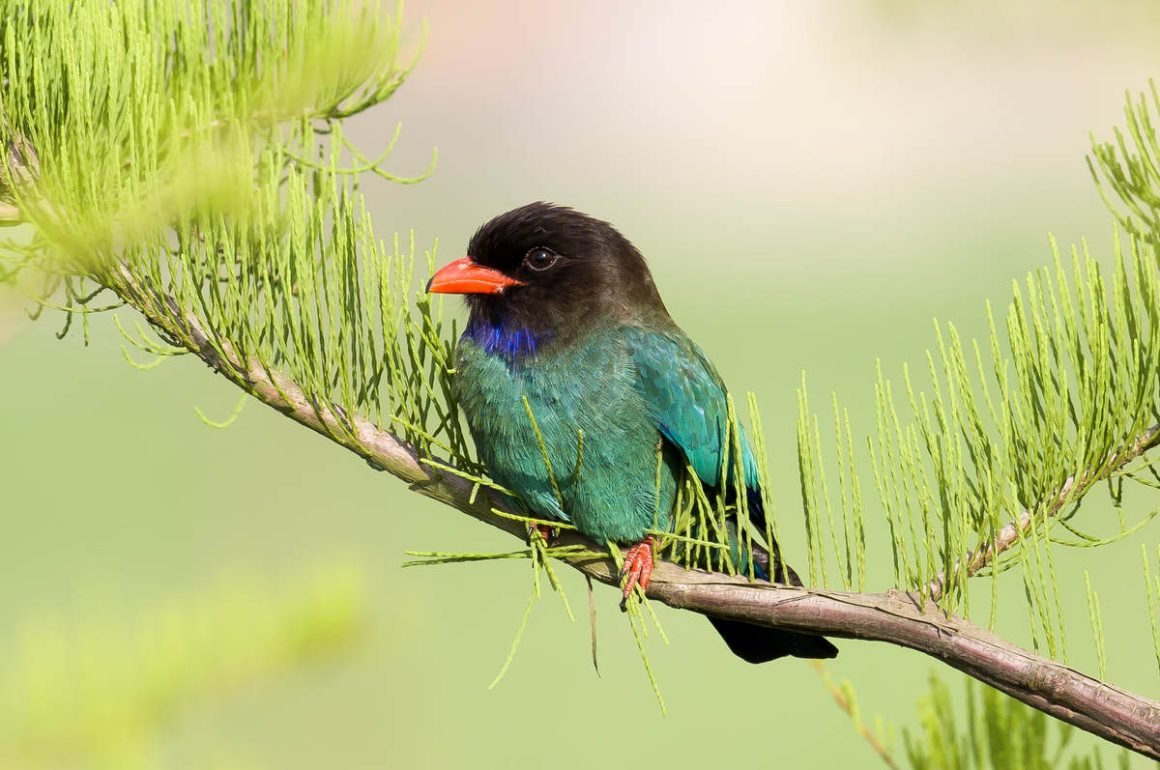
Strangely, the Oriental Dollarbird seems to suffer a bit from an image problem. Otherwise, why would eBird call it a “heavily built, flat-headed dark blue bird”, which sounds more like a description of a robot or a piece of machinery than that of a beautiful bird? And frankly, the genus name of Eurystomus, or “wide-mouthed”, does not sound that attractive either …
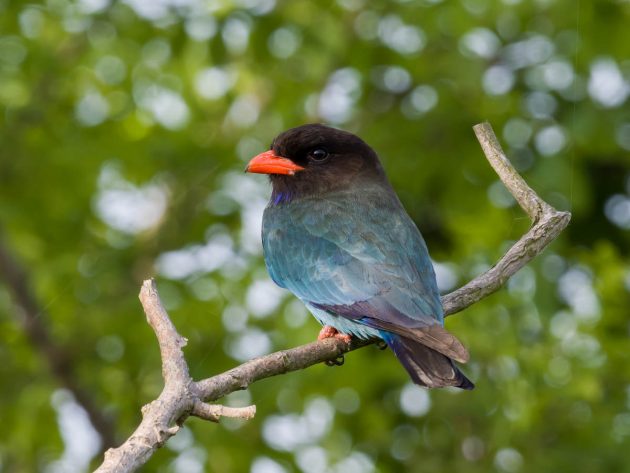
But it is a beauty, the Oriental Dollarbird, in line with some of the other members of its family, the Rollers.
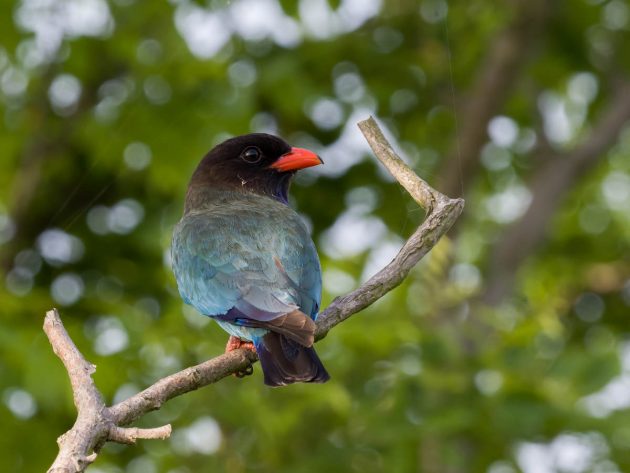
Of course, being beautiful (or aspiring to be) also means pressure. Maybe exacerbated by social media, teenage dollarbird chicks do not dare to leave the nest until they have lost weight. In a study conducted in Southwestern Japan, dollarbird nestlings first reached a weight of about 160 grams. But presumably due to the threat of fat shaming, they only left the nest after having reached a final weight of about 120 grams.
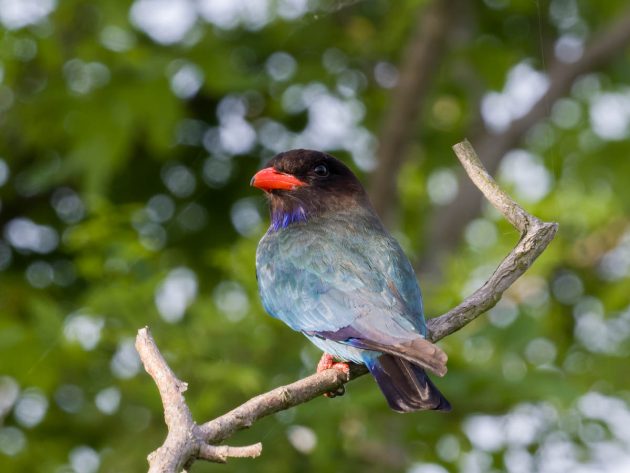
I guess this is partly also because their foraging style is not exactly helpful to lose weight – mostly they just sit on some high bare tree, look around, and catch insects from that post before returning to it. See the video links at the end of the post for an illustration of this lifestyle.
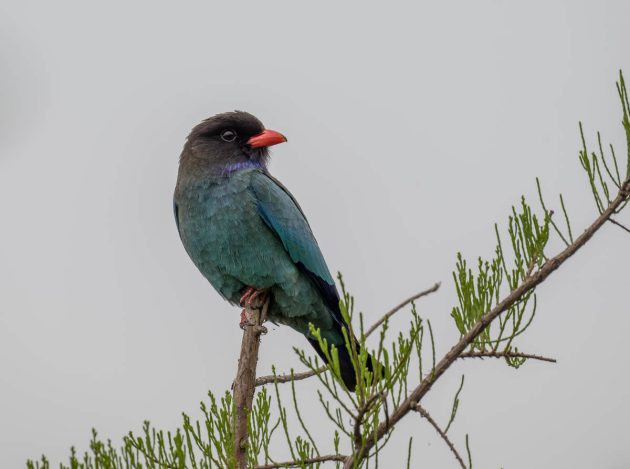
Some Australian researchers published a paper obviously meant to impress potential wives and girlfriends with its cultural allusions: “A summer and winter’s tale: factors influencing avian community composition and species abundances in lowland subtropical floodplain forests in central eastern Australia”.
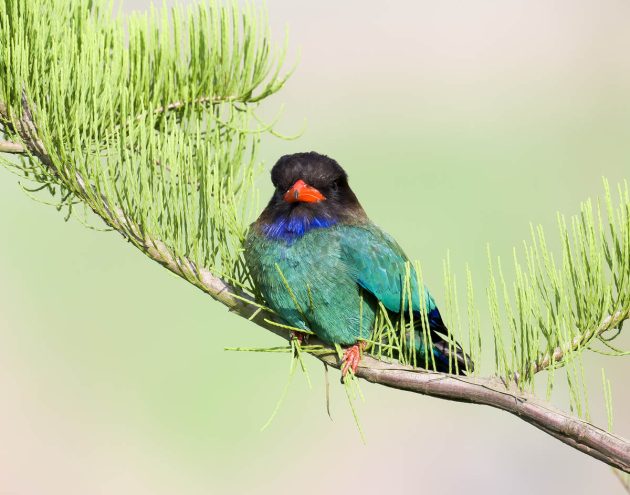
While the “Winter’s Tale” allusion is relatively generic (a Shakespeare play that will not impress people much), the “Summer’s Tale” is a bit more interesting, referring to a 1996 Eric Rohmer comedy drama. I hope the love life of the authors improved after the publication of the paper …
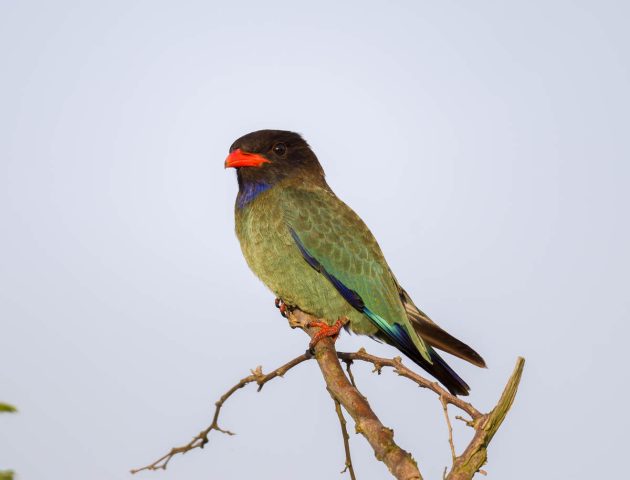
So, one of the 47 species with seasonal variation in abundance was the Oriental Dollarbird, a summer visitor (as fellow blog writer Clare can attest as well). Of course, the authors (presumably in their quest to impress their readers) phrased their conclusion on a somewhat higher level “The ecology of avian community assembly in subtropical climate areas with seasonal and year-to-year variability is complex and poorly understood” (meaning: we need more grants).
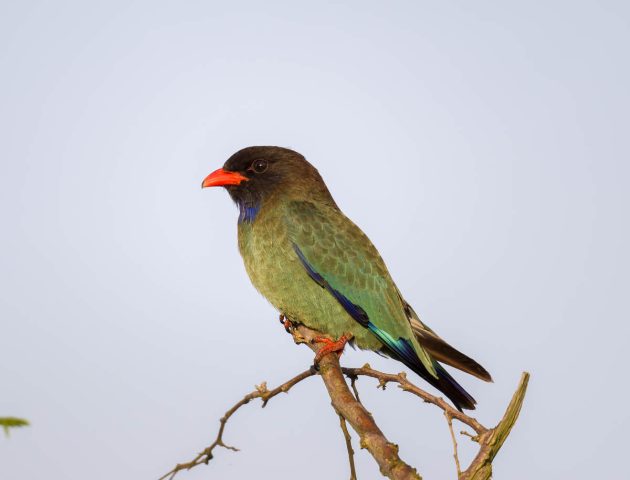
Another paper – in a journal with the interesting and slightly puzzling name “Ecofeminism and Climate Change” (frankly, the journal title sounds a bit like it has been made up by The Onion, but it seems to be real as far as I can tell) – looks at how urbanization may drive forest birds to settle in suburban and residential areas in Malaysia, one example being the Oriental Dollarbird.
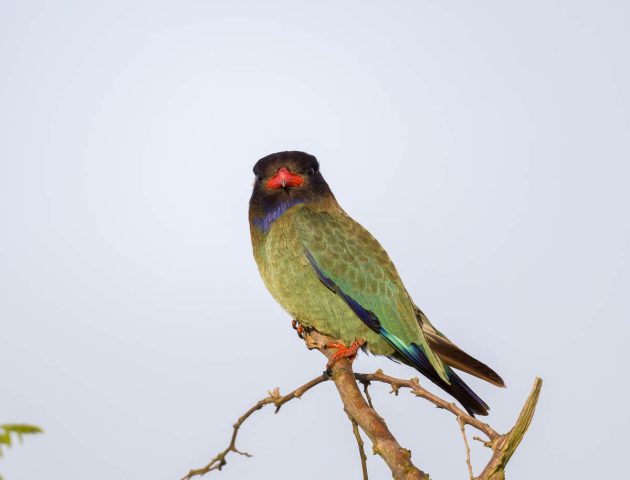
The paper includes the following sentence which I wish had been written by a drunk ChatGPT: “Considering the foraging activity of birds hardcoded with sustainability, their spatial overlap resultant into service provision, which can mean, baseline occurrence or an expected encounter equates to support system for ecological vigor.”
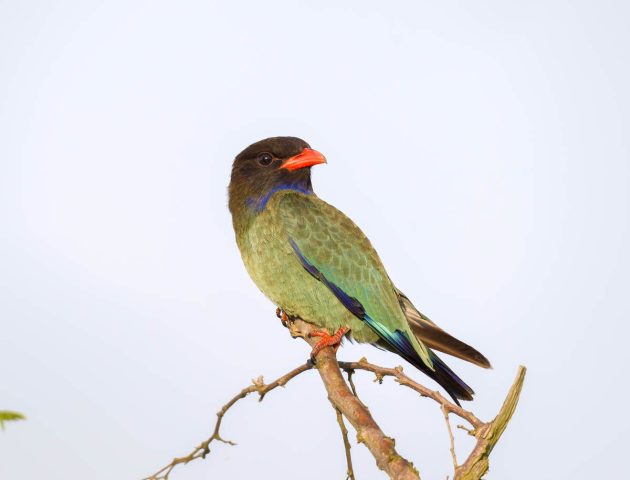
I wonder if in the future, authors will include such garbled sentences in their papers to prove that they were not written by generative AI …
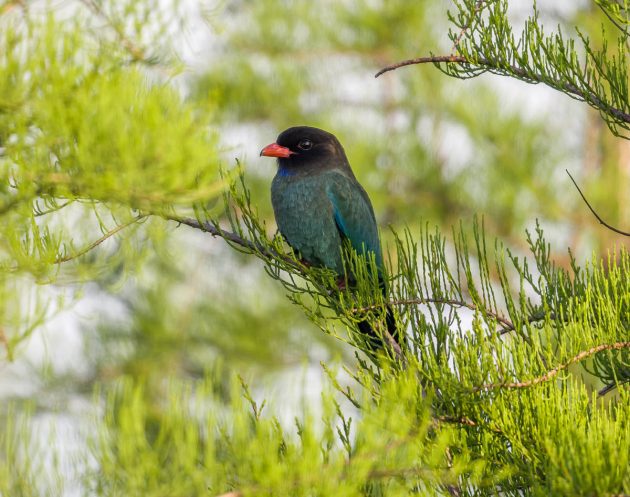
Finally, the Oriental Dollarbird gets an interesting mention in an Indonesian paper – it plays sort of a cameo role. Apparently, in many regions of Indonesia, songbird contests are frequently held. The paper examines the bird species involved in these bird singing contests. While 12 local and 3 foreign species were identified, the Oriental Dollar bird was not one of them.
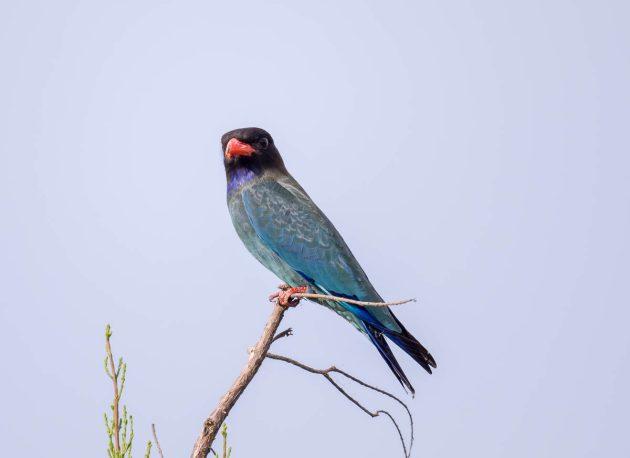
However, while the Oriental Dollarbird was not used in the contest, it was available for trade. Apparently, among the people involved in these contests, the dollarbird is known as a “master bird” that is used to train other songbirds to mimic its song. What makes dollarbird chicks particularly suitable as master birds is their unique, fast, and loud voice.
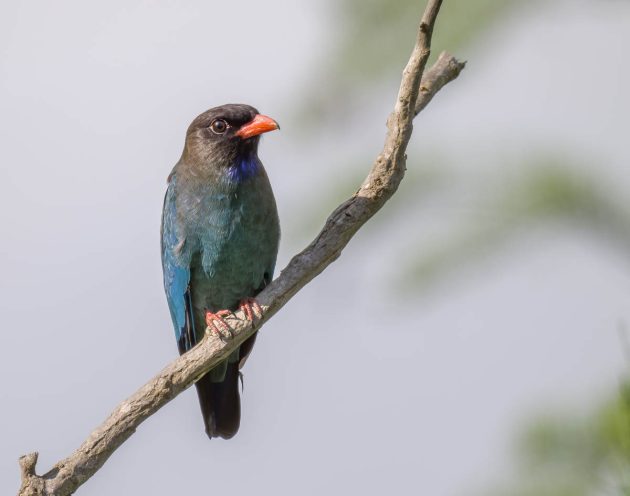
Of course, if you do not only want to watch photos of Oriental Dollarbirds, you can also watch videos of Oriental Dollarbirds – though due to my limited skills in taking bird videos, they do not move around much in these videos. Think of them as zen videos and watch them here and here and here. All photos and videos taken at Nanhui, Shanghai, this spring.
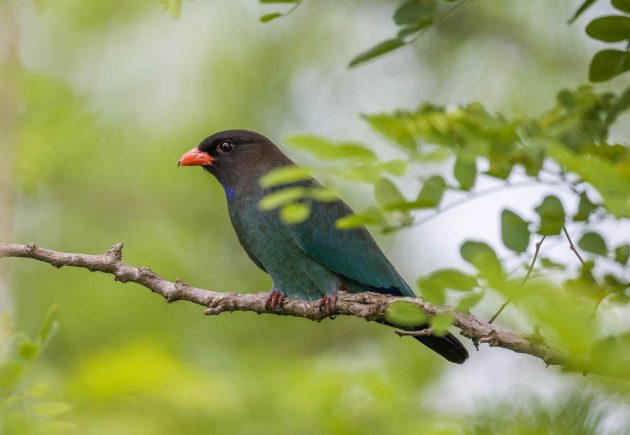
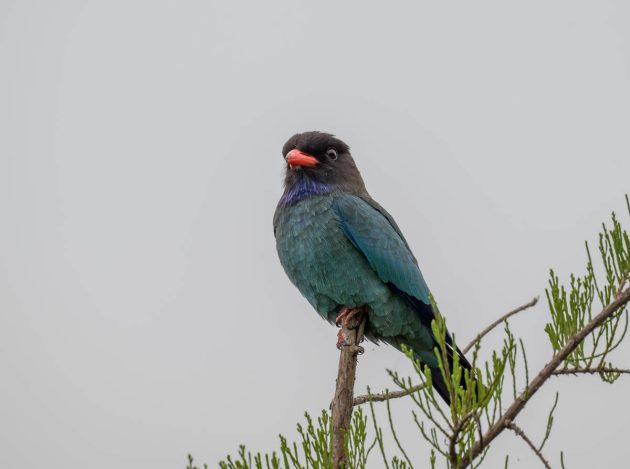
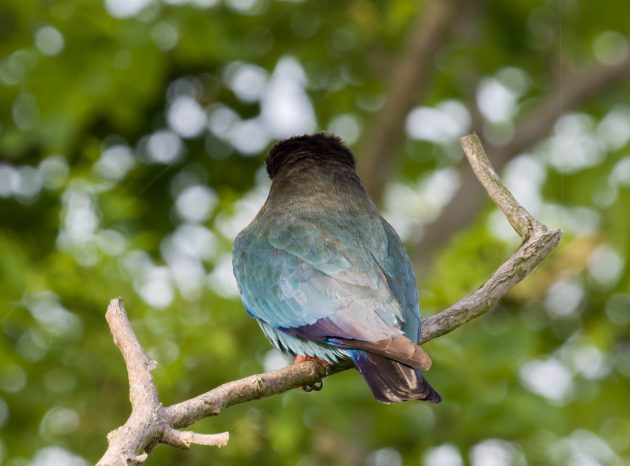


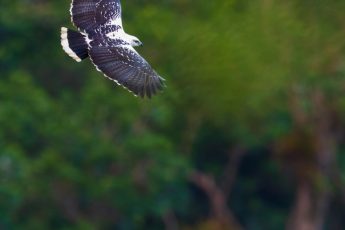

 New writers welcome – please contact us for details.
New writers welcome – please contact us for details.

















Beautiful bird, lovely photos!